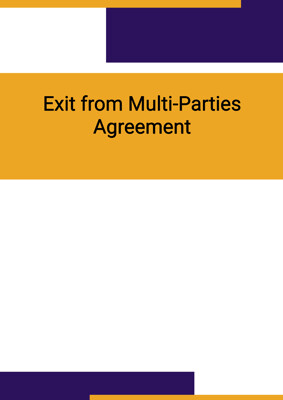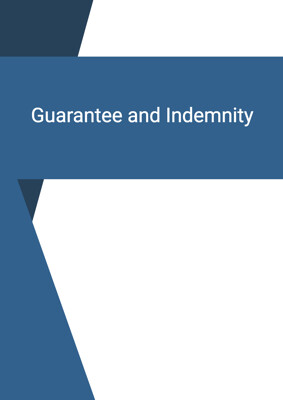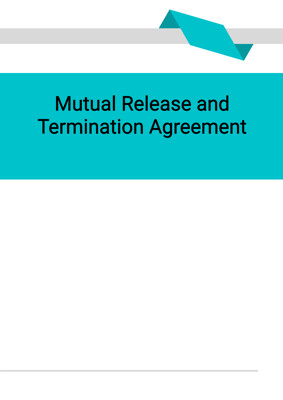How to Tailor the Document for Your Need?
01
Create Document
Fill in the details of the parties. You can click the "Fill with Member’s Information" button to complete it with information saved to your account.
02
Fill Information
Please fill in any additional information by following the step-by-step guide on the left hand side of the preview document and click the "Next" button.
03
Get Document
When you are done, click the "Get Document" button and you can download the document in Word or PDF format.
04
Review Document
The document should be signed by the authorised signatory (or directors of a company) and witnessed to complete the formality.
Document Preview
Document Description
The 'Letter of Indemnity for Financial Institution' is a document that serves as an agreement between the account holder and the financial institution. It is used to indemnify the financial institution against any risks or liabilities that may arise from accepting faxed instructions from the account holder without requiring written confirmation.
The document starts with a formal salutation and introduces the purpose of the letter. It states that the account holder is aware of the risks involved in sending faxed instructions and acknowledges their understanding and agreement to the 'important notice' provided by the financial institution. The important notice highlights the possible risks of sending instructions by fax or email, including the potential for forged signatures and the loss of confidentiality.
The letter then authorizes the financial institution to act on any faxed instruction that they believe emanates from the account holder or appears to comply with the terms of the mandate for the account. The financial institution is not required to verify the identity of the person giving the instruction or the authenticity of any signature on the faxed instruction.
The document further states that any transaction or service carried out based on a faxed instruction will be binding on the account holder, whether or not it was made with their authority, knowledge, or consent. The account holder undertakes to indemnify and save the financial institution harmless from any actions, claims, losses, damages, costs, and expenses arising from accepting and acting on faxed instructions.
The letter concludes with the date and signature of the account holder, along with the company chop and the names of two directors signing on behalf of the client company.
Note: The account(s) that can be operated by faxed instructions should be specified, and the account(s) should be in the exclusive title of the applicant(s).
How to use this document?
To use the 'Letter of Indemnity for Financial Institution', follow these steps:
1. Understand the risks: Familiarize yourself with the possible risks associated with sending instructions by fax or email. Consider the potential for forged signatures and the loss of confidentiality.
2. Read the important notice: Pay close attention to the important notice provided by the financial institution. Make sure you fully understand the risks involved and the responsibilities you are undertaking.
3. Fill in the necessary information: Enter the recipient's account job company and address, as well as the current date. Address the letter to the appropriate recipient(s) using a formal salutation.
4. Indicate the account details: Specify the account name and account number(s) for which the indemnity is being provided. Ensure that the specified account(s) are in the exclusive title of the applicant(s).
5. Authorize the financial institution: Clearly state that you authorize the financial institution to act on any faxed instruction that they believe emanates from you or appears to comply with the terms of the account mandate. Acknowledge that the financial institution will not be liable for acting in good faith on faxed instructions from unauthorized individuals.
6. Confirm the binding nature of transactions: Emphasize that any transaction or service carried out based on a faxed instruction will be binding on you, regardless of your authority, knowledge, or consent.
7. Provide indemnity: Undertake to indemnify and save the financial institution harmless from any actions, claims, losses, damages, costs, and expenses arising from accepting and acting on faxed instructions.
8. Sign and date the letter: Affix the company chop and sign the letter with the client's signature(s). Include the names of two directors signing on behalf of the client company.
Please note that this guidance is for informational purposes only and does not constitute legal advice. It is recommended to consult with legal professionals to ensure compliance with applicable laws and regulations.
Not the right document?
Don’t worry, we have thousands of documents for you to choose from:

















